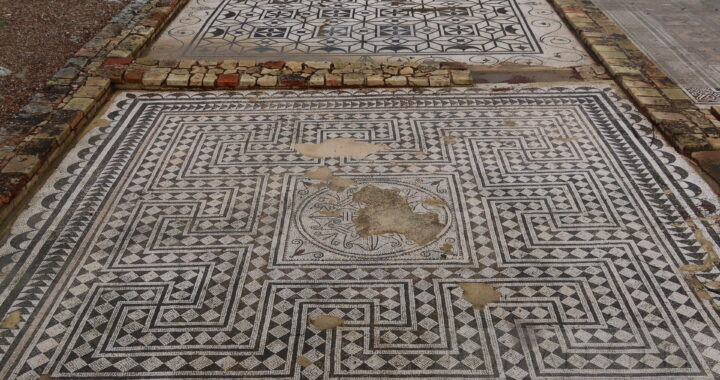- Italica is the Archeological remains of a Roman Town, located on the river de Huelva, a tributary of the Guadalquivir at Santiponce, 7 miles to the north of Seville in Andalucia, Spain.
- It was in the Roman Province of Baetica.
History
- Italica was built in 206 BCE, to settle the wounded Legionaries from the Battle of Ilipa, where the Carthaginian army had been defeated.
- Unfortunately, in the later part of the second century CE, a shift in the river Guadalquivir made the port inaccessible to shipping, and Seville (Hispalis) replaced Italica in importance.
Redevelopment by Hadrian
- The Emperors Hadrian and Trajan were both born in Italica.
- The Emperor Hadrian rebuilt Italica:
- He raised the city to a Colonia and created a new city northwards, the ‘Nova urbs’. The old city lies under the town of Santiponce.
- Hadrian built the huge Traianeum Temple in honour of his adopted father Trajan, and the third largest Roman Amphitheatre in the Roman Empire (built between 117-138 CE), and he also rebuilt other public buildings.
Roman Sites
- Amphitheatre
- It seated 25,000, even though Italica’s population was only 8,000. It was the third largest Amphitheatre in the Roman Empire.
- Traianeum
- Temple dedicated to Trajan
- Theatre
- Roman cobbled streets
- Mosaic floors
- Mosaic of Pan
- Mosaic of the Birds
- House of Neptune Mosaic
- Hall of the Labyrinth
- House of the Planetarium
Museums
- Archeological Museum of Seville
- Contains other Mosaics and Finds from Italica.
Roman Roads
Nearby Sites
- Seville
- Located 7 miles (11km) to the south of Italica, Seville was Roman Hispalis.
- Seville is the only inland river port in Spain, located on the river Guadalquivir 50 miles (80km) from the sea. It holds a number of Roman Monuments.
- Carmona
- Carmona is a town located on the river Corbones, a tributary of the river Guadalquivir, 20 miles (33km) northeast of Seville.
- It holds a Roman Necropolis.
Italica, Spain

